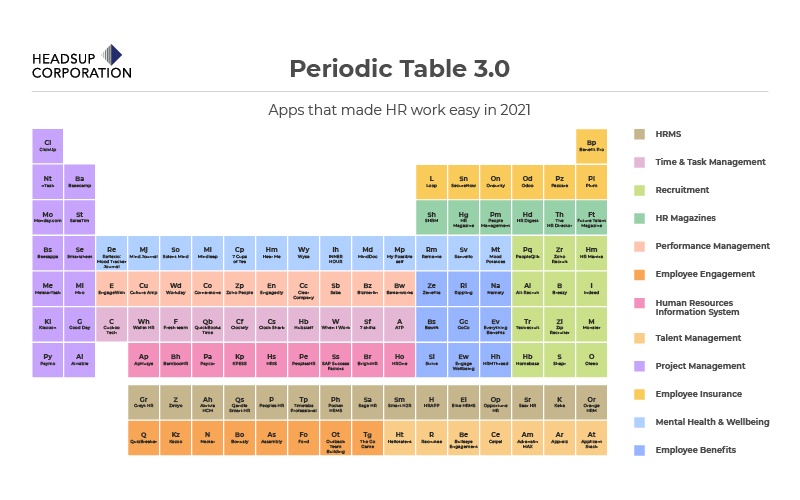
Walmart’s Decision to Recruit High School Kids and A Comparative Study on the Changes Revolving around Employment in the Retail Industry in the U.S and India
With 2.2 million employees around the globe, retailer giant, Walmart seems to be a country in itself! Right now, its focus is on recruiting high school students along with offering employment benefits of free SAT and ACT prep, largely subsidized tuition fees, and 7 hours of free college credits.
General statistics and Walmart’s observation indicate that out of the 2.2 million employed only 25,000 current employees are high school students. According to CNBC, the 70s witnessed 45% working teens engaged in part-time jobs. This number by 2018 has dwindled to about 29%.
Apart from Walmart, companies like Starbucks, McDonald’s, Disney, and Chipotle already exercise similar employment plans and benefits.
Why is Walmart suddenly magnifying its focus on the teenage talents?
According to Walmart’s Director of HR Strategy, Ellie Bertani, here are the reasons:
- Teens are considered to be a potential talent pipeline. Engaging in work at Walmart at a young age offers them ample time to explore career opportunities and decide whether they would prefer to stay for the long haul.
- The increasing number of non-employed teens results in college graduates without any job experience. This puts them in a disadvantage. Early recruitment offers training that comes handy later on as one acquires more practical skills in the workspace.
Walmart aims to attract young talent and offer promotion in time. Besides the humanistic aspect of these employment opportunities and benefits, employing teens is like a tried-and-tested concept of saving company money. It is because, according to CNBC reports:
- Companies incur low recruitment and employment costs
- It is easier to train teen freshers who have nothing to unlearn
- Designing incentives to keep teen employees happy is easier with the availability of online education platforms like Guild Education.
The Drop in Teen Employees in the U.S. and Tight Labour Market
The Society for Human Resource Management (SHRM) has also thrown light on the reasons for a steady decline in teen employment including schools’ emphasis on students’ active participation in:
- Several school activities
- Extra curriculum, and
- Internships to improve college applications.
The drop in high school students’ employment has not only created problems for employers but the persisting lack of talent has also led to a tight labor market. Retailers like Walmart, especially, face this brutal brunt because job openings in such organizations are higher than the national average of the U.S. workforce compelling them to rethink and renovate their recruitment strategies turning more to the elderly and the teens.
The U.S does not stand alone in experiencing the growing disparity between the demand and supply of the workforce. The retail industry in India, too, undergoes a similar scenario. With galloping progress in technology, business ideas, and models, the Indian retail industry is facing a tough time finding the right talent.

The Wind of Change in the Indian Retail Industry
Indian retail sector’s evolution already started back in 2010. With an estimated 35 million people employed, the retail industry is the second largest employer in India. In spite of the presence of ample job opportunities in the industry, there is a lack of the “right skills”. Although supermarkets and malls can be found across all cities, the question of employability remains dangling.
Discovering the right talent is way easier in Tier I cities like Delhi, Bangalore, Mumbai, and others, than in Tier II and Tier III cities. It is because cultural, developmental, and educational disparity has created an imbalance in the workforce. Most of the key players in the retail industry state that though job applications are manifold yet the search for highly trained manpower is a never-ending process.
An EY report named, Future of Jobs in India: A 2022 Perspective, has also suggested that by 2022 about 20 – 25% of the Indian workforce will face a drastic change in the required skills in jobs in the retail industry. The report created in collaboration with FICCI and NASSCOM also points out that the future of jobs will be determined by the following trends:
- Indian companies export rates.
- Adoption of the booming technological advancements driven by:
- Innovation in business models
- Creation of smart products/services
- Change in the work process structure
- A need for environmental sustenance
- The expansion or contraction of the international job market
- Flow of FDI
- Increased urbanization and young population, including millennials.

The report also states that about 71% of retail industry players lay importance on new skill development of employees via training. With brands like Myntra, BigBasket, Grofers, Flipkart, Amazon, and other major players taking over the market, smart connected products, and services are seen as a megatrend in the retail industry. A major chunk of 95% of industry players also believes that
A.I., cloud, and big data are going to be the driving technology soon.
With such technological advancements impacting retail business, new jobs emerge to replace existing ones. Some of the jobs like cashier, stock boy, inventory associate, and sales representative are already on the brink of extinction.
Whether the U.S or India, technological progress is both a boon and a bane for the global retail market demanding the future workforce to upgrade new skills as much and as fast as possible.






